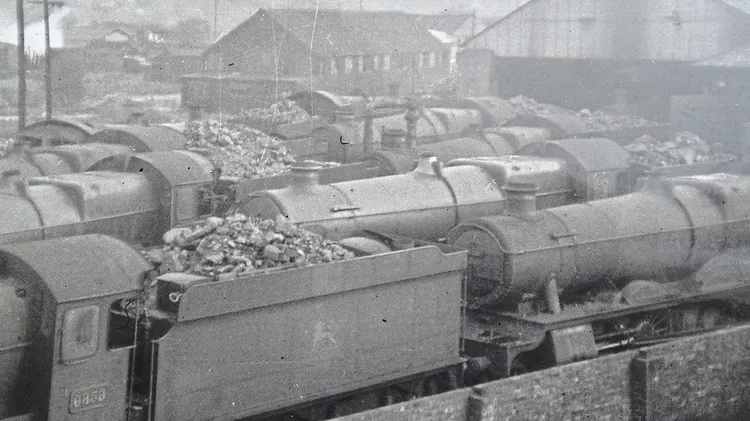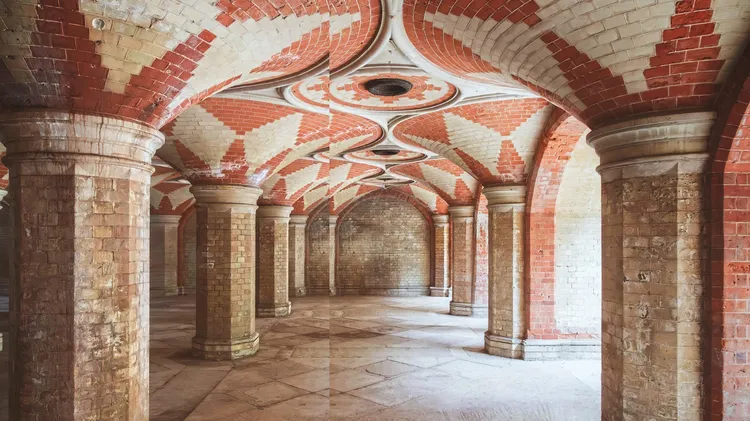Who Do You Think You Are? genealogist Laura Berrydigs up records for researching y
Coal miners
7 min read
This article is from...
Read this article and 8000+ more magazines and newspapers on Readly






